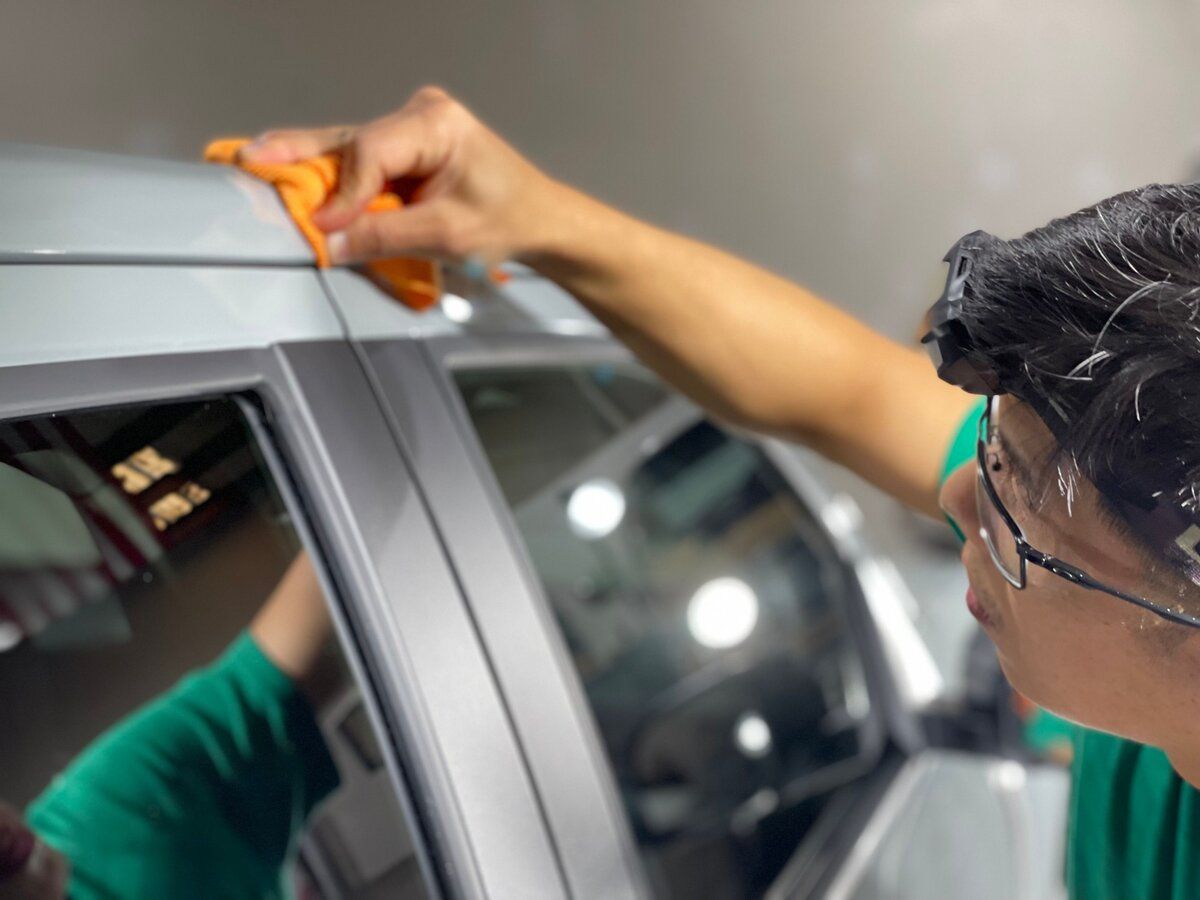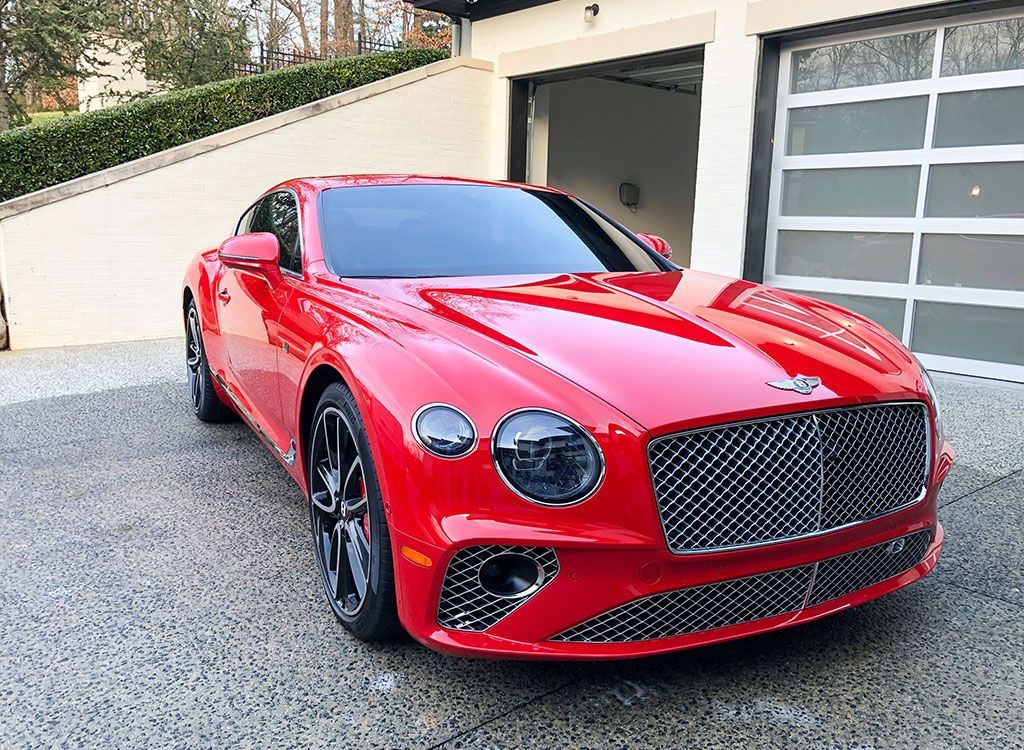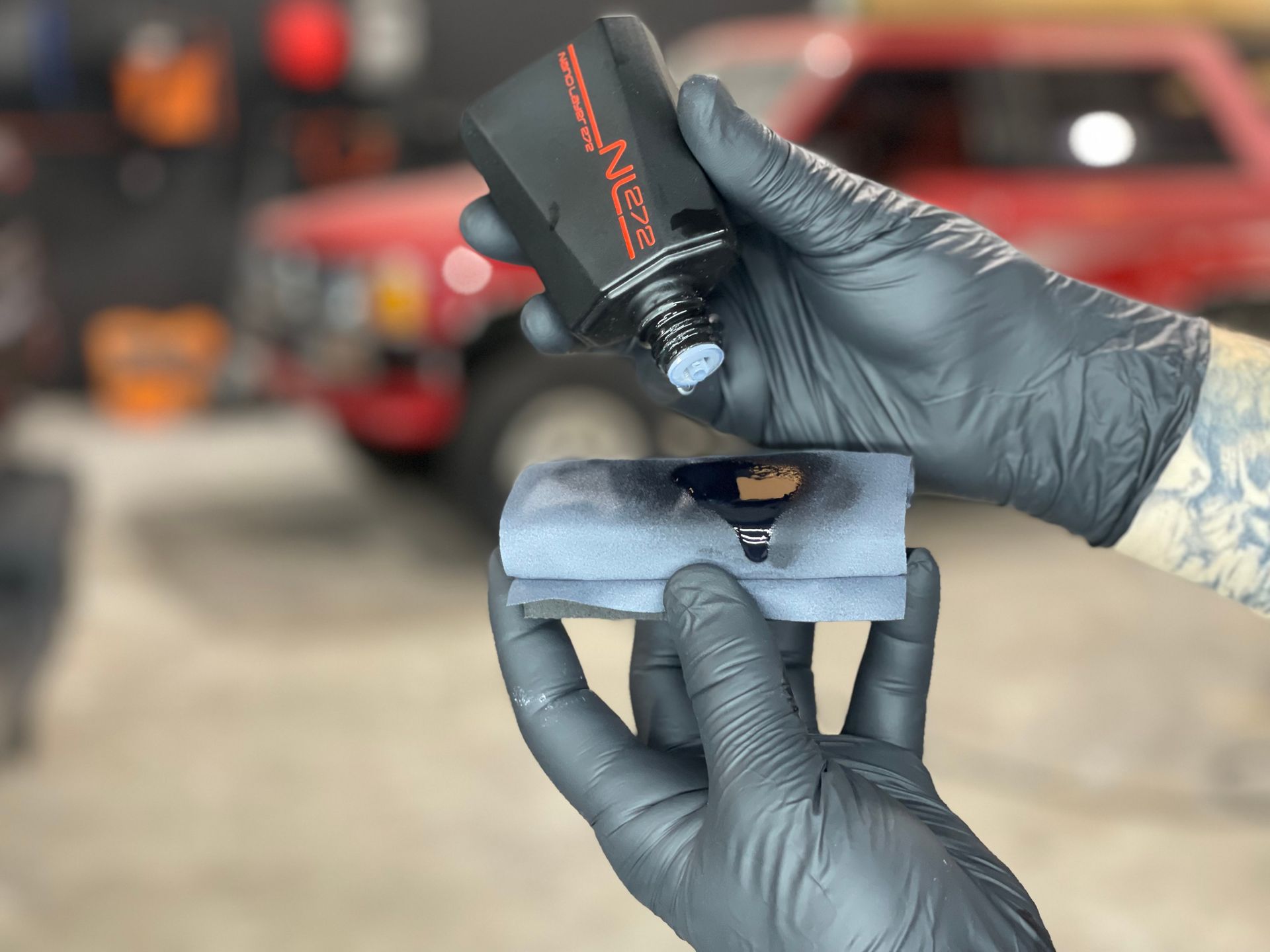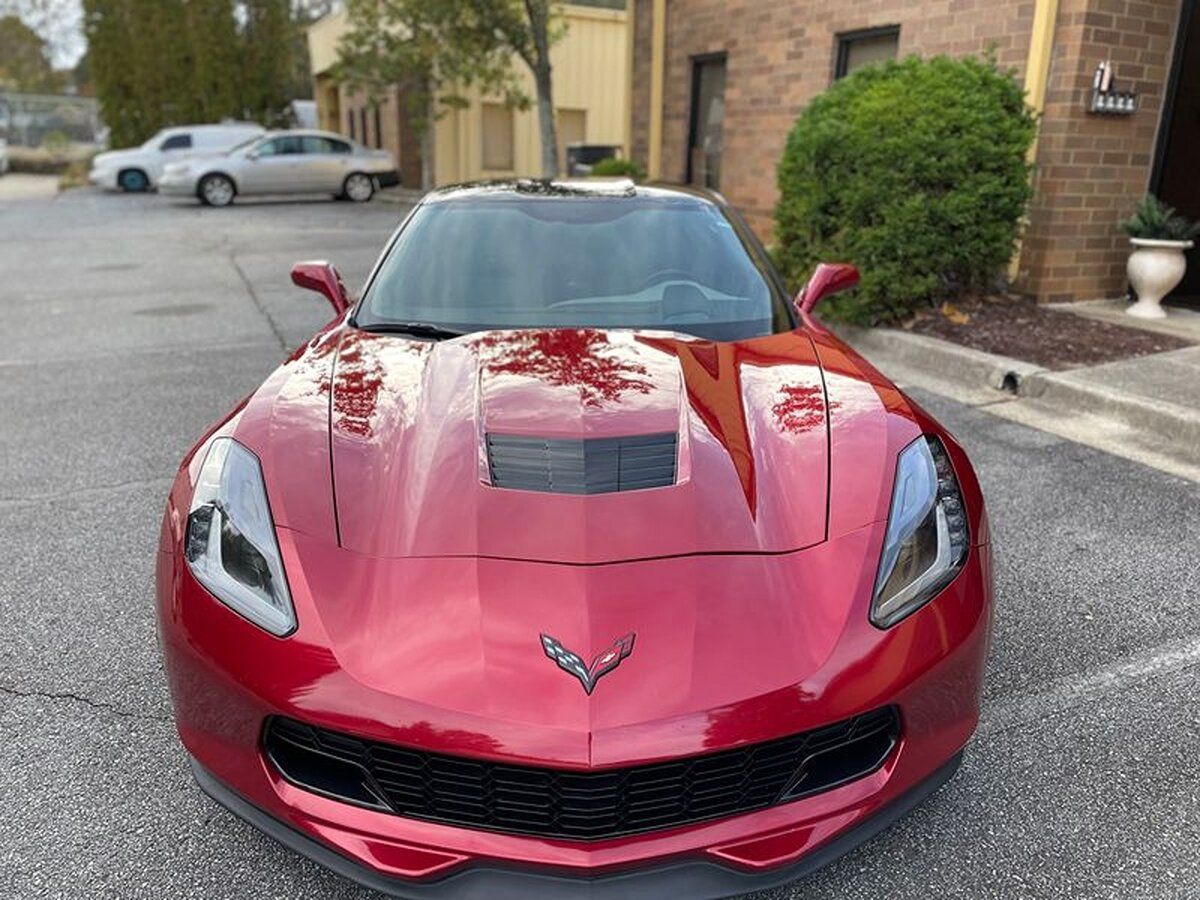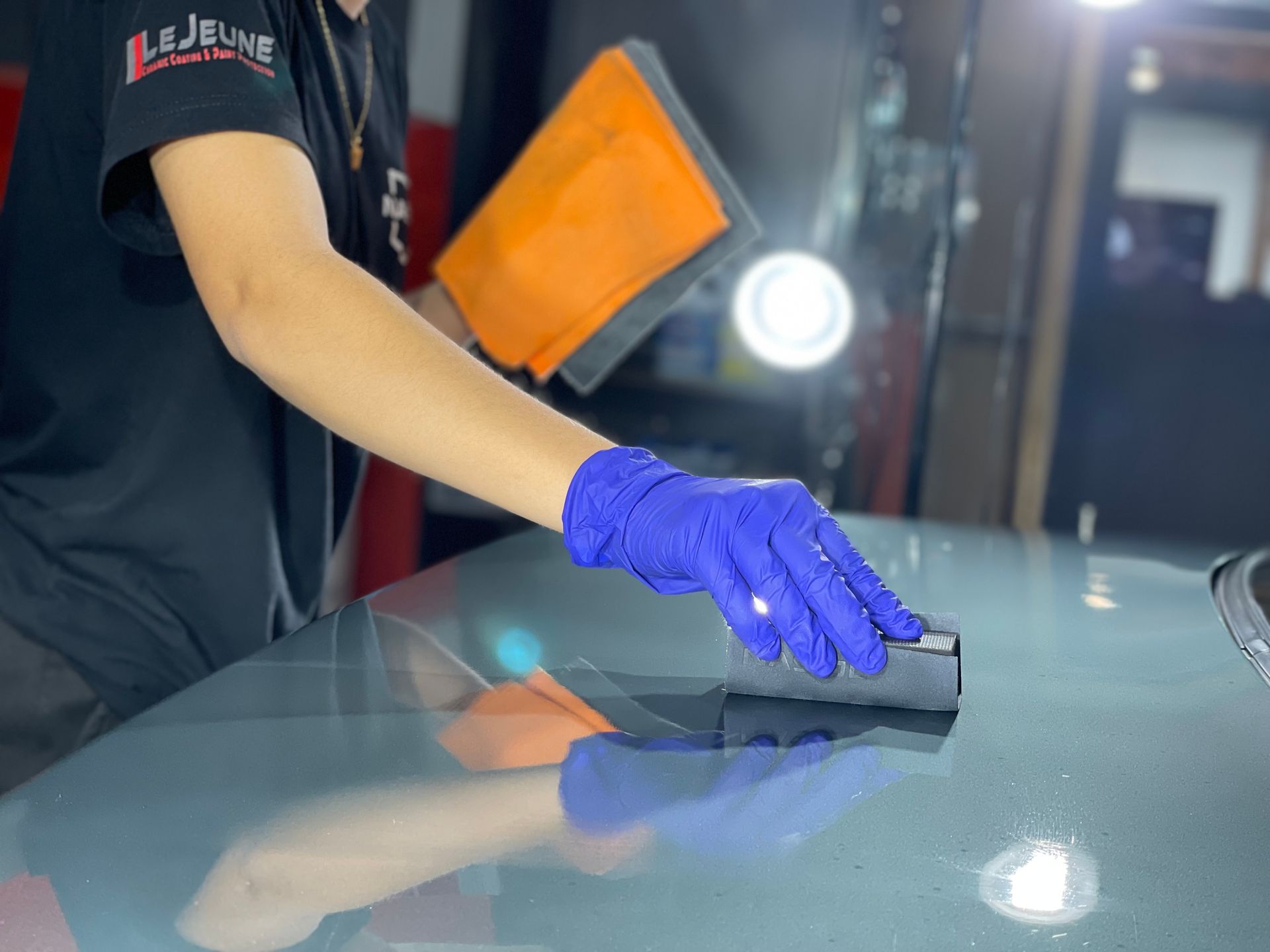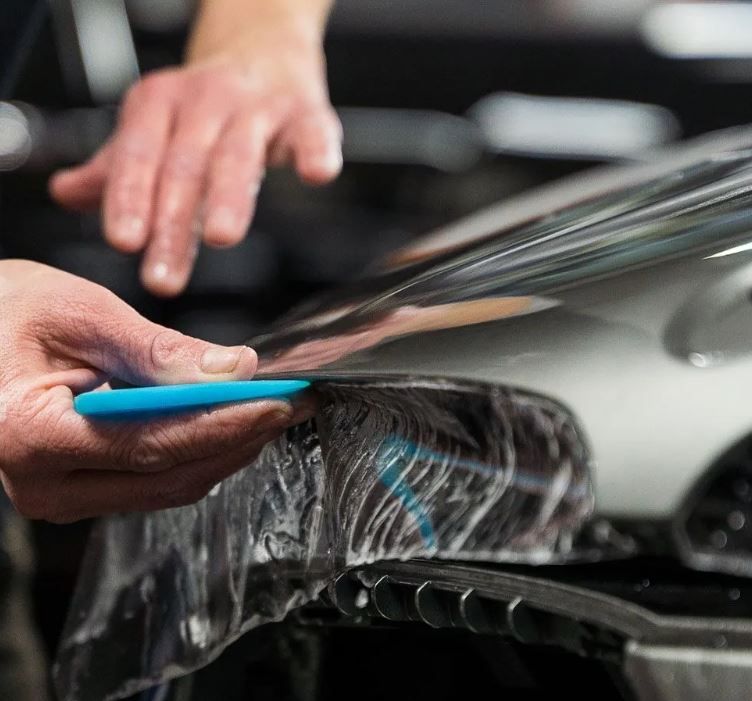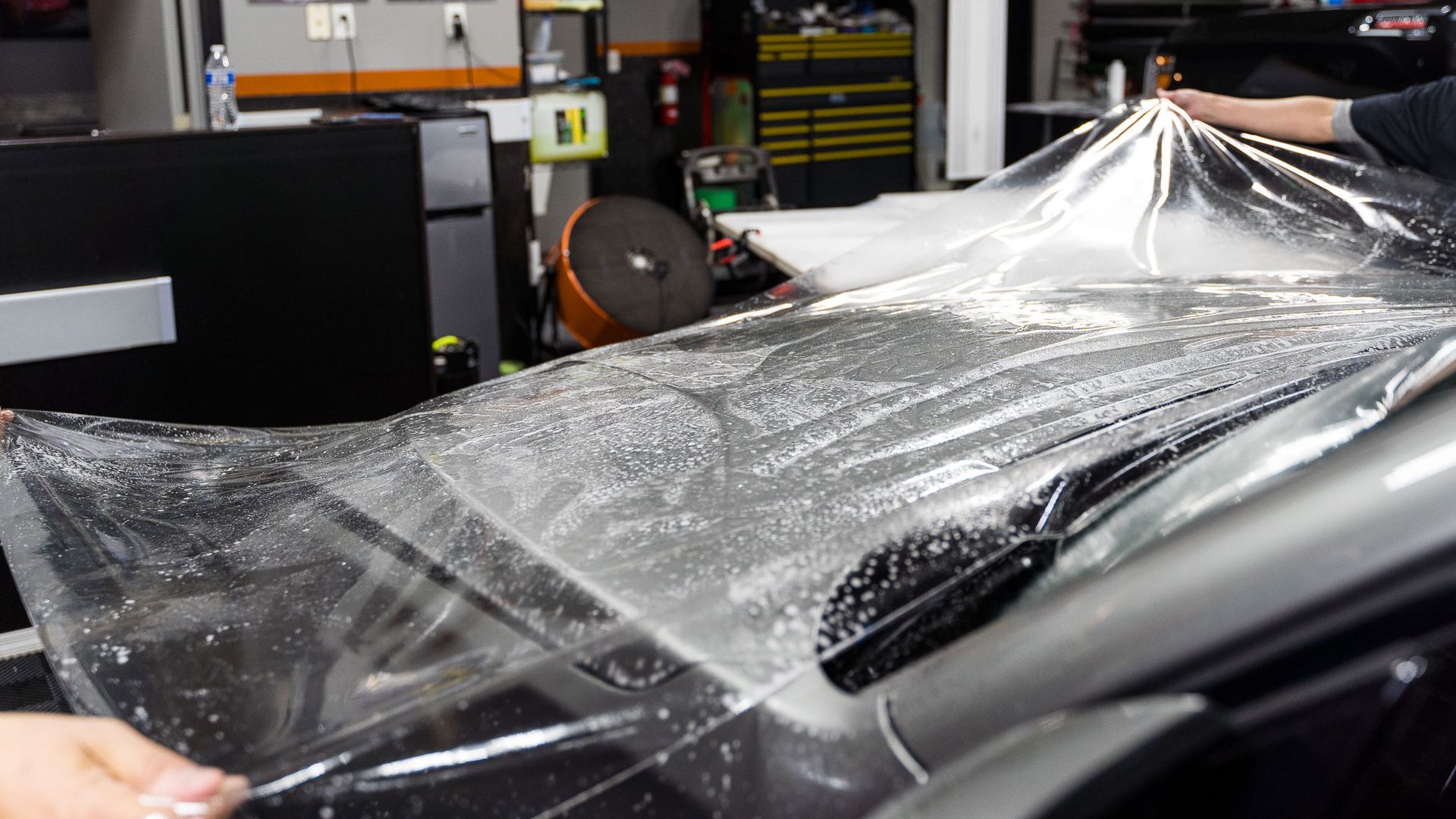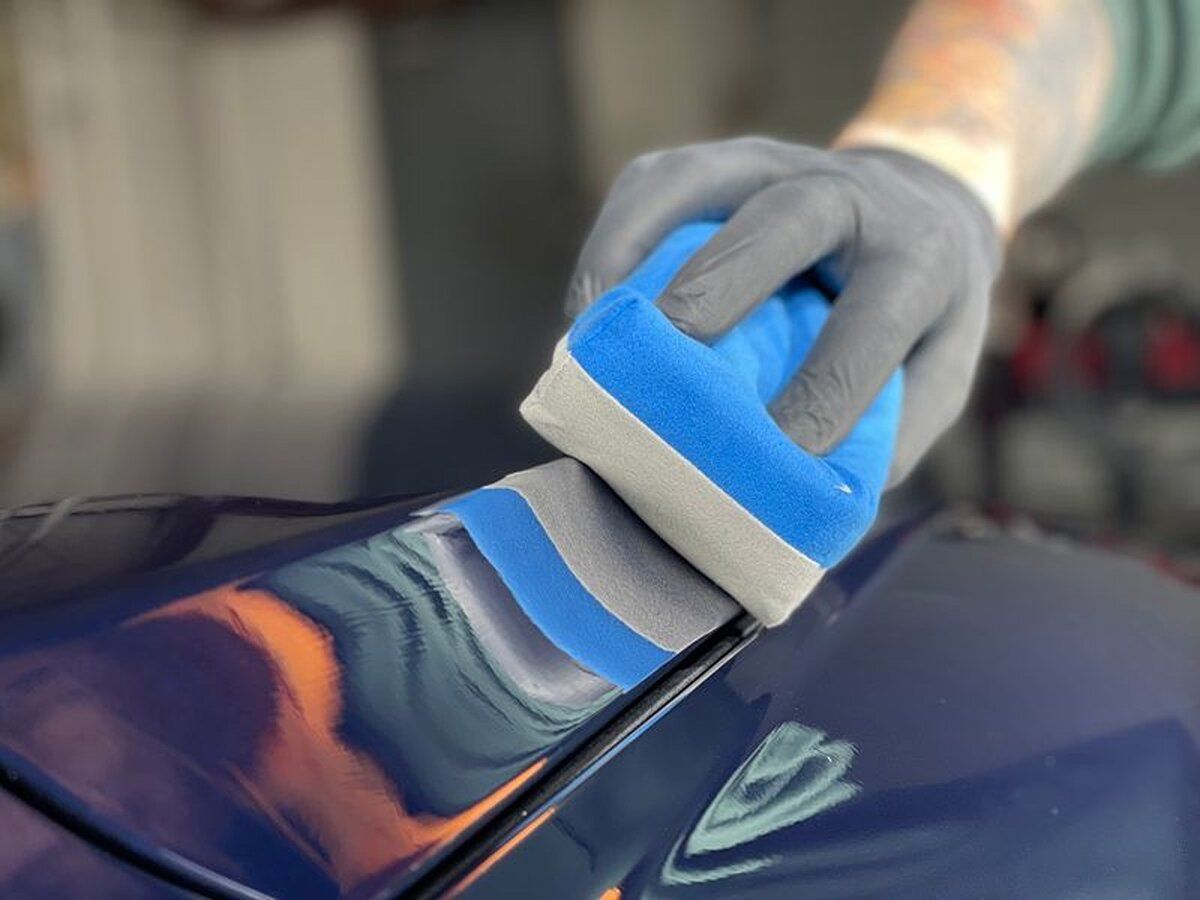Is Paint Protection Film Just for High-End Vehicles? Discover the Benefits for All Cars
GET A QUOTECALL (770) 722-3486
Is paint protection film only for high-end vehicles? It’s a common misconception that needs debunking. While luxury cars often feature shiny exteriors well protected by advanced films, you might be surprised to learn that PPF offers substantial benefits for everyday cars too—whether it's your reliable mid-range sedan or a family SUV enduring weekend trips.
Paint Protection Film (PPF) is not exclusively for high-end vehicles; it offers significant benefits for all types of cars. Whether you drive a luxury model or a daily commuter, PPF provides protection against scratches, rock chips, and environmental damage, helping to maintain both the aesthetics and resale value of any vehicle.
Benefits of Paint Protection Film
- Enhanced Protection. Imagine you’re cruising down the highway when suddenly a loose rock flies up from the car in front of you—if your car is coated with PPF, that rock chip is hardly a concern. This film serves as a robust barrier against various physical threats, such as rock chips, scratches, and minor abrasions. It's designed to withstand high speed impacts. For those who often commute on highways or traverse gravel roads, this level of protection becomes invaluable because it means fewer trips to the body shop and more peace of mind while driving.
- Longevity and Durability: The film features self-healing properties, which can be quite fascinating. Picture placing your hand over a freshly scratched surface; with a little warmth—from the sun or even warm water—the minor blemishes gradually disappear as if by magic. This self-healing technology significantly extends the aesthetic life of your vehicle's exterior. Not only does this mean less frequent touch-ups but also less stress worrying about maintaining that showroom shine, allowing you to focus on enjoying your ride instead.
- Resale Value: It’s often reported that a vehicle's exterior condition greatly affects its resale price, and cars with well-maintained exteriors typically fetch higher values on the market. When you invest in PPF, you’re essentially preserving the factory finish of your vehicle. Buyers looking for second-hand cars often prioritize vehicles that show minimal signs of wear and tear; a pristine exterior can set your vehicle apart from others in listings. Consequently, having PPF can enhance your chance of selling your car for a fair price—perhaps even up to 15% more—than an untreated equivalent.
With these benefits clearly outlined, it’s evident that understanding how such protection works can significantly inform your choice regarding paint maintenance methods.
Is Paint Protection Film Only for High-End Vehicles?
There's a prevalent idea that paint protection film is primarily reserved for luxury vehicles, but that's a misconception worth debunking. The reality is that PPF's protective capabilities aren't solely advantageous for high-end cars; they are beneficial for all types of vehicles, whether it's a trusty sedan, a busy family SUV, or a rugged truck taking on rough roads. Every car owner can appreciate the enhancements and safeguards offered by PPF. Imagine maintaining your car’s appearance while enjoying peace of mind knowing its exterior is safeguarded against the elements.
Breaking the Myth
The truth is, whether you're driving a mid-range sedan or a reliable family SUV, a paint protection film can significantly enhance your automotive experience. Consider how much wear and tear vehicles endure daily: road debris, environmental pollutants, and even the occasional shopping cart collision. By applying PPF, you not only protect the paint but also preserve your vehicle’s resale value. Just picture yourself in your favorite vehicle after years of driving—no fading paint or deep-set scratches but rather a sleek exterior ready to impress onlookers. Whether your vehicle hauls kids, pets, or gear, having an extra layer of protection can be invaluable, making paint protection film more than just a high-end accessory; it becomes an essential part of vehicle care for any car owner.
Types of Vehicles Suited for Paint Protection Film
Paint protection film has a wide range of applications, encompassing various types of vehicles. While many people associate it with high-end cars, everyday family vehicles, work trucks, and even sports cars gain substantial benefits from the added layer of protection. By applying PPF, you ensure that each vehicle is safeguarded against the common wear and tear they encounter on the road.
- Family Vehicles: Family vans or SUVs often endure challenges in their day-to-day use, making them prime candidates for paint protection film. Picture this: you've just come back from a family picnic at the park, and your beloved SUV now bears splotches of tree sap, scratches from enthusiastic kids, and perhaps some scuff marks from tight parallel parking situations. These vehicles face constant threats that can mar their appearance. PPF helps maintain a clean and shiny look despite these daily challenges, allowing families to focus on enjoying their adventures instead of worrying about paint damage.
- Commercial and Utility Vehicles: Work trucks and utility vehicles are built to handle tough working conditions but are also susceptible to external factors that can damage their surfaces. Imagine driving through construction zones or gravel roads; debris flung off other vehicles can easily cause unsightly scratches and dents. For these hardworking machines, paint protection film acts as a shield against the rigors of daily use. Investing in PPF not only maintains a professional appearance but can also save owners from costly touch-ups and repairs in the long run. It’s truly an investment in both functionality and aesthetics.
- Sports Cars: Sports cars embody speed and style, designed for exhilarating performance on the open road. However, driving fast also comes with its own set of risks—primarily from road debris that can chip or scratch the aerodynamic surfaces. In this scenario, a comprehensive PPF application becomes an invaluable asset to any car enthusiast. By providing an invisible barrier against environmental hazards, owners can enjoy that thrilling drive without worrying about compromising their vehicle's pristine condition. Thus, protecting such valuable investments serves both form and function.
Application Process of Paint Protection Film
The application process of PPF is essential for achieving optimal results. It involves several crucial steps that, when followed meticulously, ensure both the effectiveness and longevity of the film.
Step-by-Step Guide
- Preparation and Cleaning: This step cannot be overstated—before any application takes place, it's critical to have a spotless surface. Professional installers typically spend a significant amount of time washing the vehicle thoroughly using pH-balanced soaps and decontamination products to eliminate not just dirt but also stubborn residues like waxes or oils, often invisible to the naked eye. That initial cleaning can make all the difference in how well the film adheres and performs over time.
- Custom Cutting: A paint protection film is tailored to fit specific vehicle models using advanced software that accounts for the nuances and contours of each car. Skilled professionals utilize high-precision cutting machines that create templates designed specifically for your vehicle's make and model. This precision allows for comprehensive coverage without overlapping or misshapen edges, which could lead to premature wear or peeling later on.
- Application: This isn’t just slapping a sticker on; it requires expertise and careful handling. The film is meticulously placed on the vehicle’s surface, starting from one edge and gradually moving across the area. Professionals use specialized tools—such as squeegees and heat guns—to gently smooth out any air bubbles trapped underneath while adjusting for perfect alignment and fit. The application process must also consider temperature and humidity levels, as these can affect how well the adhesive binds with the paint.
By paying close attention to each of these steps—from thorough cleaning to precision cutting and expert application—you enhance not only the aesthetic appeal of your vehicle but also extend its life against scratches, UV rays, and other environmental hazards. This strategic approach lays a solid foundation for understanding how to care for your investment effectively.
Maintaining Your Paint Protection Film
- Use Gentle Car Shampoos for Cleaning: Regular washing with mild car shampoos helps remove dirt and grime without damaging the film's protective layer. Avoid harsh chemicals, as they can degrade the PPF's integrity over time, reducing its effectiveness.
- Be Mindful of High-Pressure Water Sprays: While pressure washing is convenient, directing high-pressure water too closely to the film's edges can cause them to lift. Opt for moderate pressure and maintain a safe distance to ensure the film remains securely adhered.
- Avoid Parking Under Trees: Tree sap can be more than just an annoyance—it can cause significant damage to the PPF and leave behind sticky residues that are difficult to clean. Whenever possible, choose covered or open parking spaces free from potential tree-related hazards.
- Schedule Annual Professional Inspections: Even with diligent at-home maintenance, a yearly professional inspection ensures the PPF is in top condition. Professionals can detect minor issues and make necessary repairs to preserve the film's protective qualities.
By following these simple yet effective maintenance practices, you can maximize the lifespan and performance of your paint protection film. Protecting your vehicle's paint not only enhances its aesthetic appeal but also maintains its long-term value. Regular care is an investment that pays off, ensuring your PPF continues to shield your car from scratches and environmental wear.
Cost-Effectiveness of Paint Protection Film
The cost-effectiveness of PPF becomes clear once we consider its long-term benefits. While the initial outlay for a quality application can range from $1,500 to $6,000, depending on your vehicle's size and the film used, think of it not as an expense but rather as a safeguard for your investment. This is a one-time expense that reaps returns over the years, protecting your car’s aesthetics and minimizing potential drawbacks to owning a vehicle—like faded paint or unsightly scratches.
Investment Analysis
When weighing the costs, it’s crucial to recognize that this initial investment in PPF helps safeguard your vehicle against ongoing wear and tear. A fresh coat of paint can be incredibly costly when you factor in the labor and materials needed. Beyond just the dollar signs, repainting often doesn't restore the vehicle to its original factory finish, leading to a less satisfying experience down the line. Thus, a single application of PPF can help maintain your vehicle’s showroom look for years while sparing your wallet from future headaches.
Maintenance Savings
Beyond initial costs, a paint protection film substantially cuts down on maintenance expenses—something many don’t initially consider. With PPF applied, your vehicle will require much less frequent polishing or touch-ups since the film itself acts as a barrier against scratches and chips. Over time, these reduced maintenance requirements tend to add up, leading to cumulative savings of hundreds, if not thousands, of dollars throughout your car’s lifespan. Engaging in fewer professional detailing visits alone can result in significant savings that make paint protection film incredibly worthwhile.
When balancing the initial costs against long-term savings and visual appeal, investing in paint protection film truly emerges not just as an option but as an intelligent choice for any vehicle owner looking to preserve their car's value and appearance. In the end, whether you have a high-end vehicle or a daily driver, PPF offers undeniable benefits that extend beyond luxury. Protecting your investment is smart for everyone on the road today.
Exceptional PPF Services in Marietta, GA
Safeguard your vehicle’s paint with
exceptional PPF services from LeJeune Ceramic Coating & Paint Protection in Marietta, GA. Our paint protection films are expertly applied to defend against scratches, rock chips, and everyday wear, ensuring your car maintains its flawless appearance. With precision installation and high-quality materials, we provide a seamless, virtually invisible barrier that enhances your vehicle’s durability and style. Protect your car with confidence—schedule your PPF service with us today! Call us at (770) 722-3486 to get started!
